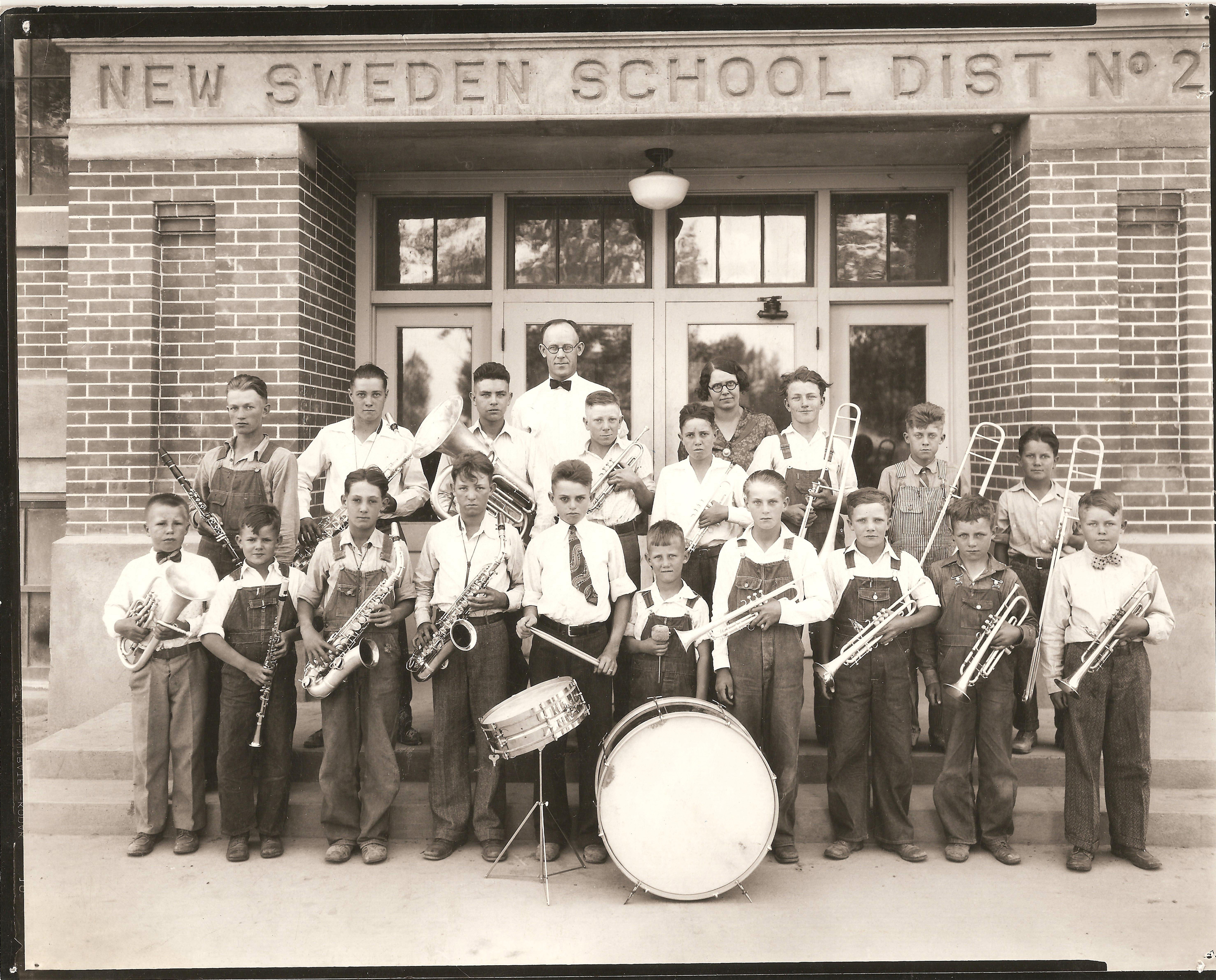
In this special feature, MMR turns the spotlight on family-owned American suppliers of musical instruments who have been in continuous operation for at least 100 years.
A number of very worthy candidates who one might expect to be included aren’t part of our profile – some are currently operated by the family who originally founded the business, but were at one point acquired by outside parties; others are well within the “100-year” parameter, but are no longer family-owned; and still more are very close to having been in operation for one hundred or more years, but don’t quite make the cut (let’s revisit this concept in five years or so!). Read on to get a glimpse into the specific histories of some of the most storied names in MI, as well as a fascinating overview of how our industry, overall, has evolved.
Avedis Zildjian Company – 1623
 All of the companies featured in this article have endured for impressive stretches of time, but Zildjian can lay claim to origins dating back to the 17th century
All of the companies featured in this article have endured for impressive stretches of time, but Zildjian can lay claim to origins dating back to the 17th century
The story goes that Avedis Zildjian I (the first), an Armenian alchemist in Constantinople in the early 1600s, stumbled upon a unique alloy of copper, tin, and silver while seeking to create gold from base metals. This “secret alloy” was found to have remarkable and distinct sound properties and, in 1618, Avedis used his discovery to create cymbals. As per the official Zildjian history on the company’s website: “The sound of the instruments was so extraordinary that the Sultan invited Avedis to live at court (Topkapi Palace) to make cymbals for the Sultan’s elite Janissary Bands. As Avedis’ reputation grew, the Sultan gave him the name ‘Zildjian’ in Armenian (Zilciyan in Turkish), a word meaning ‘son of cymbal maker.’”
After receiving permission to depart the palace in 1623, Avedis set up shop in the Samatya, not far from Constantinople and the Zildjian company and brand was born.
Cut to 1929 and Avedis III relocates the business to America, establishing the Zildjian factory in Quincy, Massachusetts. The
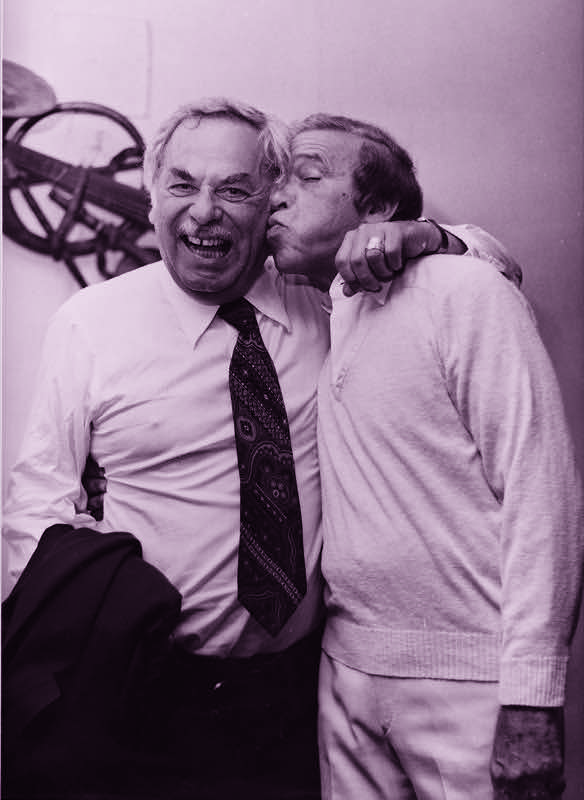
company’s reputation and scope grew, thanks in part to close partnerships with such significant musicians as Gene Krupa, Papa Jo 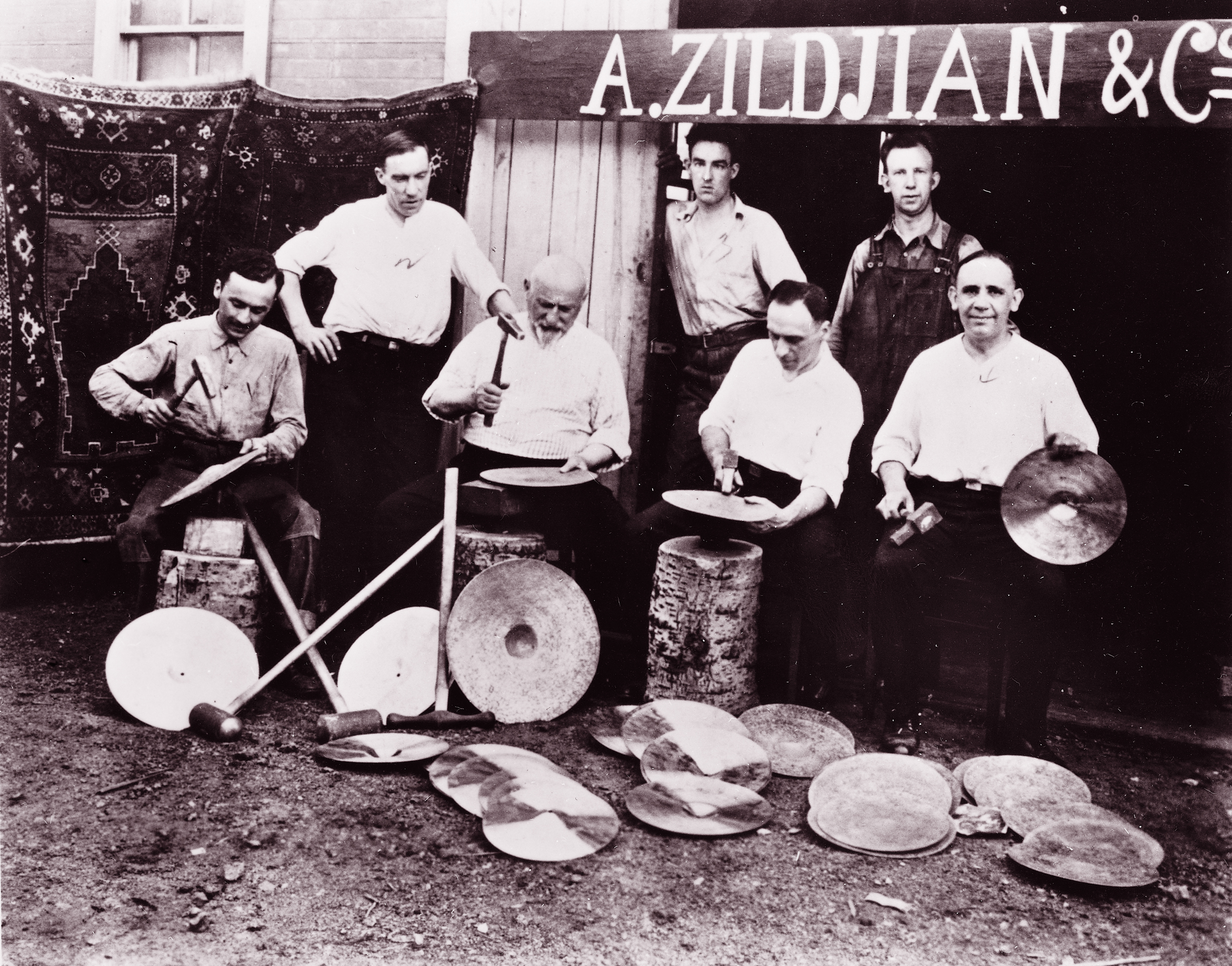 Jones, Chick Web, and Louie Bellson. By the time the ‘60s rock and roll revolution was in full swing – post The Beatles’ groundbreaking performance on The Ed Sullivan Show in December of 1964 – the company was at the next level. Zildjian ended that year with 90,000 cymbals on backorder. Strong associations with performers such as Charlie Watts and Ringo Starr continued Zildjian’s association with the most popular performers of the day.
Jones, Chick Web, and Louie Bellson. By the time the ‘60s rock and roll revolution was in full swing – post The Beatles’ groundbreaking performance on The Ed Sullivan Show in December of 1964 – the company was at the next level. Zildjian ended that year with 90,000 cymbals on backorder. Strong associations with performers such as Charlie Watts and Ringo Starr continued Zildjian’s association with the most popular performers of the day.
The next decade saw a move to a new facility in Norwell, Massachusetts, where the company celebrated its 350th anniversary in 1973. Armand succeeded his father as president in 1977 and, two years later, Avedis passed away. The company saw continued success in the ‘80s and ‘90s and in 1999, Armand’s daughter, Craigie, wasnamed CEO – three years before her father passed.
The Avedis Zildjian Co. continues to be one of the most respected names in cymbal design and manufacture – and all of MI, for that matter. Recent developments such as the 2010 merger with the Vic Firth Company, and the introduction of the Gen16 Acoustic Electric System and the S family of cymbals underscore that Zildjian continues to innovate and grow.
C.F. Martin & Co., Inc. – 1833
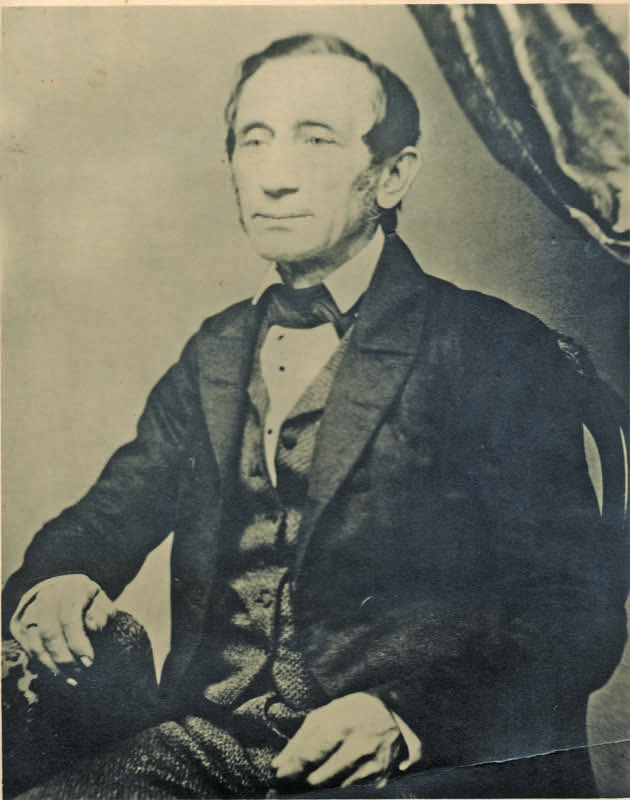 C.F. Martin was born in Markneukirchen, Germany and, at the age of 15, apprenticed under well-known
C.F. Martin was born in Markneukirchen, Germany and, at the age of 15, apprenticed under well-known
 luthier Johann Georg Stauffer in Vienna, Austria. Afterwards, he opened and operated his own guitar-making operation under the European guild system, but soon found the restrictions and controversy to be restrictive (the then-new guitar did not clearly fall within either the Cabinet Makers nor Violin Makers Guilds).
luthier Johann Georg Stauffer in Vienna, Austria. Afterwards, he opened and operated his own guitar-making operation under the European guild system, but soon found the restrictions and controversy to be restrictive (the then-new guitar did not clearly fall within either the Cabinet Makers nor Violin Makers Guilds).
In 1833, Martin moved to New York City and five years later moved his business to Nazareth, Pennsylvania – where the company’s headquarters remains to this day.
Current chairman and CEO of C.F. Martin Guitars, Christian Frederick Martin IV, notes that, “Our goal – from the point at which my great-great-great grandfather began crafting guitars – has always been: build the perfect guitar.”
 “There’s a very long story I could tell,” he continues with a laugh. “But, one of the great things we offer is continuity. It’s a brand you can trust; it’s been trusted for generations. Particularly when you’re buying something that’s expensive, I think people find comfort in that. It’s money well spent. That’s one of the reasons we give factory tours – to show a potential customer, ‘There’s a reason they’re so expensive. Look at the time and effort involved.’” There are no lemons. The advantage fine musical instruments have is the potential of them getting better over time. I always joke with people: I wish they made cars like that!”
“There’s a very long story I could tell,” he continues with a laugh. “But, one of the great things we offer is continuity. It’s a brand you can trust; it’s been trusted for generations. Particularly when you’re buying something that’s expensive, I think people find comfort in that. It’s money well spent. That’s one of the reasons we give factory tours – to show a potential customer, ‘There’s a reason they’re so expensive. Look at the time and effort involved.’” There are no lemons. The advantage fine musical instruments have is the potential of them getting better over time. I always joke with people: I wish they made cars like that!”
While Martin has – and continues to – produce popular, iconic instruments, Christian points to the Dreadnought as being “the” defining guitar for the brand. “In the ‘50s with the folk music boom taking off… initially many people were resistant and negative: ‘That’s too big!’ But players appreciated the sound and, at this point, it’s probably the most-copied acoustic guitar shape there is.”
Noble & Cooley – 1854
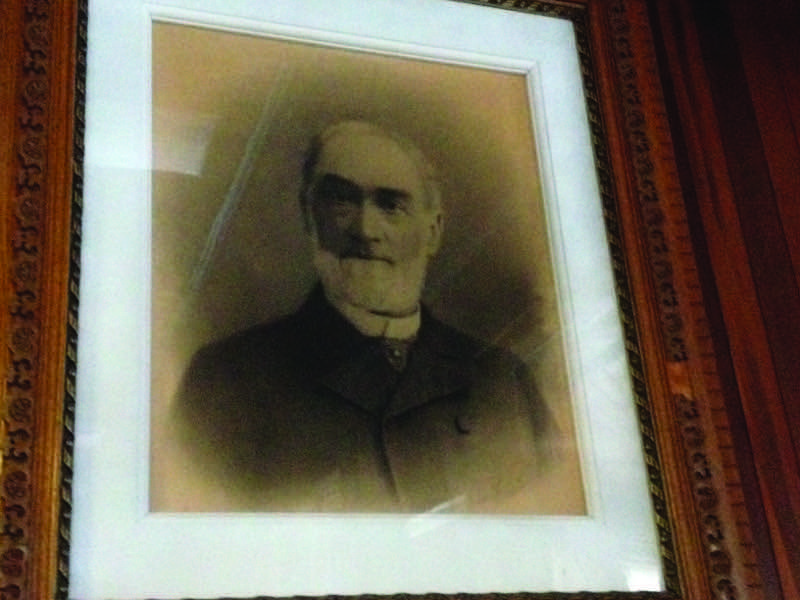 Founded in 1854 by Silas Noble and James Cooley, the company first gained wide spread exposure as one of the primary manufacturers of marching drums for the Union Army during the Civil War. Related fun fact: In 1869 the company manufactured the largest drum ever (8’ in diameter) for the National Peace Jubilee held in Boston to celebrate the end of the Civil War. By 1873, they were producing an estimated 100,000 drums per year.
Founded in 1854 by Silas Noble and James Cooley, the company first gained wide spread exposure as one of the primary manufacturers of marching drums for the Union Army during the Civil War. Related fun fact: In 1869 the company manufactured the largest drum ever (8’ in diameter) for the National Peace Jubilee held in Boston to celebrate the end of the Civil War. By 1873, they were producing an estimated 100,000 drums per year.
Initially powered by waterwheel, Noble & Cooley grew during the steam era and transitioned into the electric era in the 1920s. In 1926, the company designed and built an eight-color printing press, believed to be the first of its kind. The Second World War brought about advances in mass production as the company made wooden reels for a local explosives manufacturer.
For many years, Noble & Cooley served primarily the toy drum market, but that changed significantly in the late 20th century.
 As noted on the company’s website: “It was in 1980 that company vice president Jay Jones (great-great-great grandson of James Cooley) decided to enter the professional drum arena. Working closely with designer Bob Gatzen and pulling out of retirement a steam bending machine old enough to have survived a company fire in 1889, N&C introduced the Solid Shell Maple Classic snare drum in late 1983. The drum was a huge success and revolutionized the drum industry to a degree no one could have expected.”
As noted on the company’s website: “It was in 1980 that company vice president Jay Jones (great-great-great grandson of James Cooley) decided to enter the professional drum arena. Working closely with designer Bob Gatzen and pulling out of retirement a steam bending machine old enough to have survived a company fire in 1889, N&C introduced the Solid Shell Maple Classic snare drum in late 1983. The drum was a huge success and revolutionized the drum industry to a degree no one could have expected.”
Still owned and operated by direct descendants of James Cooley, the Noble & Cooley Company of today is run from the same rustic location in Granville, Massachusetts. The drums have been go-to instruments for everyone from Mickey Mouse, (1930 to 1975) Fraggle Rock and The Muppets’ Animal (1980s) to Phil Collins, Denny Carmassi, and many great recording artists of today. To date, over 2,000 recordings have featured Noble & Cooley drums.
Willis Music Company – 1899
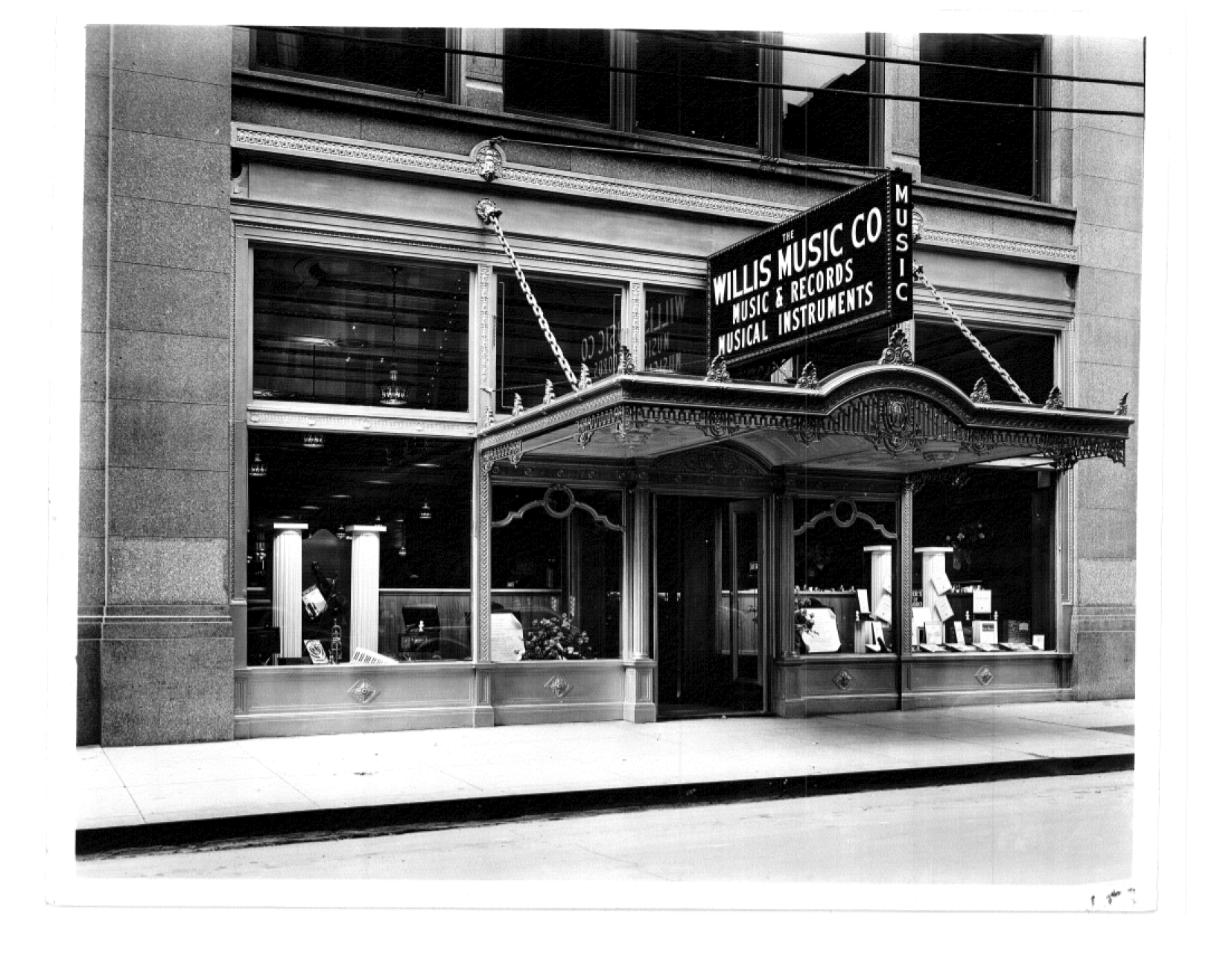 For 117 years, Willis Music has maintained the same mission: focus on taking care of people and provide education. Charles H. Willis, with a background in the sheet music industry, founded the piano store at 41 East Fourth Street in downtown Cincinnati, Ohio, along with his son, William. Over a twenty-year period the Willis family grew the business and continued to till its soil through providing for the needs of music educators in-store, as well as through the acquisition of several music publishers such as The John Church Company and George B. Jennings and Company.
For 117 years, Willis Music has maintained the same mission: focus on taking care of people and provide education. Charles H. Willis, with a background in the sheet music industry, founded the piano store at 41 East Fourth Street in downtown Cincinnati, Ohio, along with his son, William. Over a twenty-year period the Willis family grew the business and continued to till its soil through providing for the needs of music educators in-store, as well as through the acquisition of several music publishers such as The John Church Company and George B. Jennings and Company.
In 1919, Gustave Schirmer bought the Willis Music Company, making it a branch of G. Schirmer of Boston, Massachusetts.
 By 1923 John J. Cranley, originally a stockboy at Boston Music, became the general manager of all three stores; Willis Music, Schirmer Music, and Boston Music Company. Under his leadership, Willis Music became a publisher for teaching methods, such as The John Thompson method, Modern Course for the Piano, Edna Mae Burnam and her Dozen a Day series, and William Gillock.
By 1923 John J. Cranley, originally a stockboy at Boston Music, became the general manager of all three stores; Willis Music, Schirmer Music, and Boston Music Company. Under his leadership, Willis Music became a publisher for teaching methods, such as The John Thompson method, Modern Course for the Piano, Edna Mae Burnam and her Dozen a Day series, and William Gillock.
In the 1950s, John Cranley purchased Willis Music Company and by 1965 his own son Edward Willis became president of the company and moved the company’s headquarters and publishing operation to Florence, Kentucky.
As of 1980, Kevin Cranley, Ed’s son, joined the company full time and 1990, Kevin succeeded his father as president and continues in that role today.
 “I started working at the company when I was very young and after college came to work full time. Originally we had one small store,” Cranley recalls, “and now we have about 55 employees, plus our publishing division.”
“I started working at the company when I was very young and after college came to work full time. Originally we had one small store,” Cranley recalls, “and now we have about 55 employees, plus our publishing division.”
Willis Music currently owns and operates five family oriented retail stores of which three are located in Ohio and two in Kentucky. In 2005 Willis partnered with the Hal Leonard Corporation who now handles product development, production, and distribution for the Willis catalog. In 2012 Willis became the exclusive rep for Steinway and Sons Pianos in the Cincinnati, Northern Kentucky and Dayton. With the 2013 acquisition of Moeller Music, Willis strengthened its commitment and dedication to school music programs and began representing the Yamaha Band and Orchestra line of instruments.
They retain membership with the American Association of Independent Music, the Independent Music Merchants Group, and Kevin himself attends all of the Music Teachers National Association conventions. Mr. Cranley is also very involved with NAMM: he served as the organization’s chairman of NAMM from 2011-2013.
Chesbro Music Company – 1901
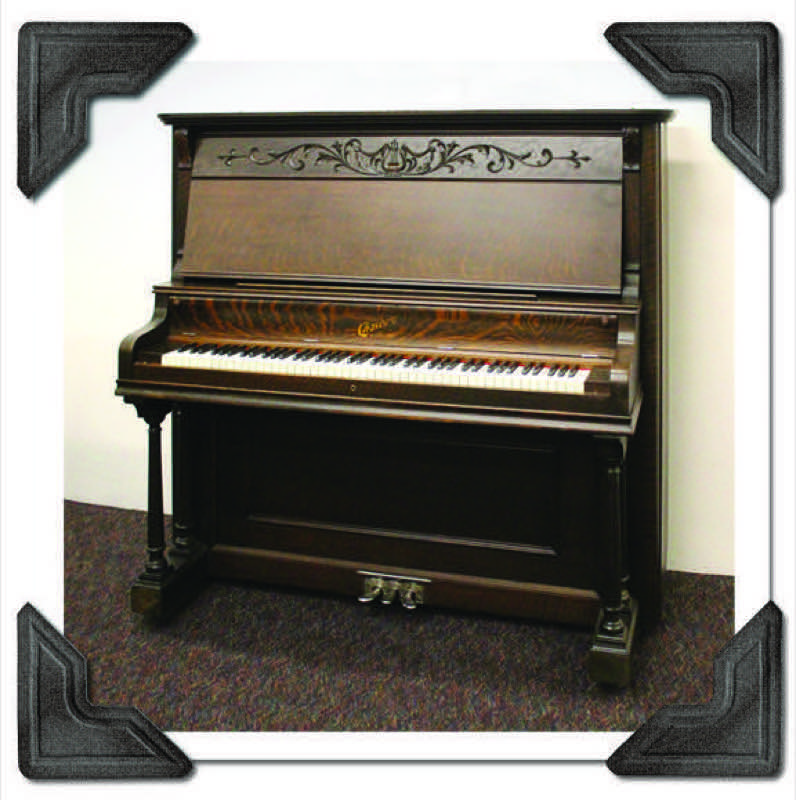 Chesbro Music Company was founded in 1901 as a piano store in Seattle. Brothers Horace and Harry Chesbro then moved operations – first to their home in St. Anthony, Idaho, and then to a storefront in Idaho Falls, Idaho.
Chesbro Music Company was founded in 1901 as a piano store in Seattle. Brothers Horace and Harry Chesbro then moved operations – first to their home in St. Anthony, Idaho, and then to a storefront in Idaho Falls, Idaho.
Horace Chesbro and his brother, Harry, had chosen Idaho Falls, after seeing the business potential of bringing music to Idaho farmers and their large families. The two had moved from Seattle, where they had been producing their own brand of “H & H Chesbro” upright pianos.
A decade later, the Chesbro brothers purchased a Ford Model T Runabout Pickup, their first “company car.” Horace then initiated school band programs in Idaho Falls and other southeastern Idaho communities – well before public schools began funding and staffing their own music programs.
Horace’s son, Henry, took over Chesbro Music Company as president in 1945 and began selling newly introduced “long playing” (LP) records which replaced the phonographs that Chesbro had been selling since the 1920s.
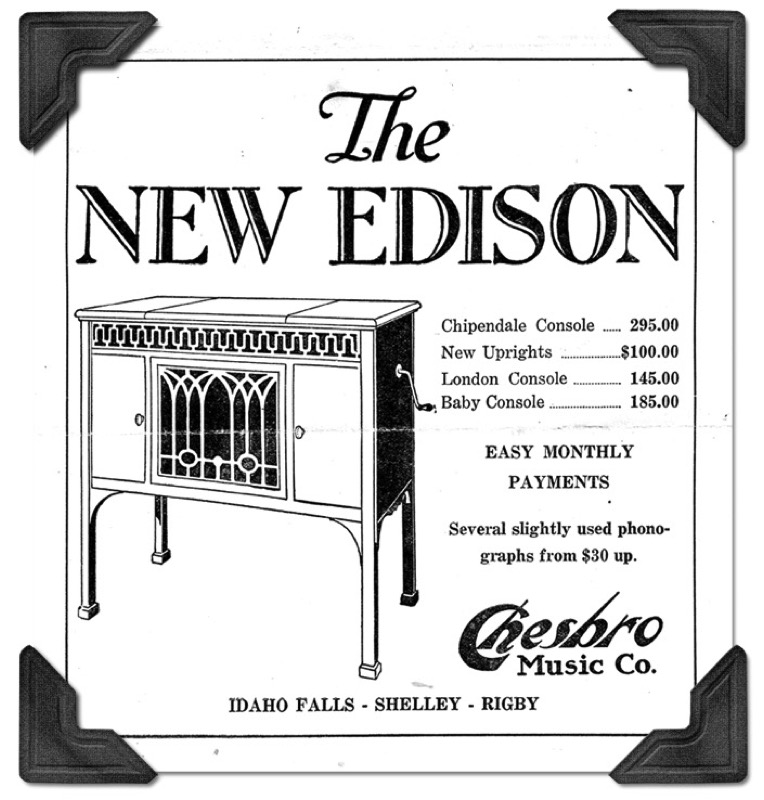 In 1953, 70-year old Ella Chesbro, Henry’s mother, assumed management of the company due to the untimely death of Henry in a plane accident. Under the matriarch’s supervision five years later, to accommodate wholesale growth, Chesbro Music expanded warehouse and retail space to 60,000 square feet and added a new, modern facade. Civic officials and prominent music industry executives attended an open house in 1961 showcasing the new building and marking the company’s 50-year anniversary.
In 1953, 70-year old Ella Chesbro, Henry’s mother, assumed management of the company due to the untimely death of Henry in a plane accident. Under the matriarch’s supervision five years later, to accommodate wholesale growth, Chesbro Music expanded warehouse and retail space to 60,000 square feet and added a new, modern facade. Civic officials and prominent music industry executives attended an open house in 1961 showcasing the new building and marking the company’s 50-year anniversary.
In 1969, with a Stanford degree in economics, 37-year-old Joan Chesbro Griggs took the reins from her grandmother in 1969 – a time when young women CEOs were not common.
In 1973 Joan positioned Chesbro Music Company to negotiate for the Western United States distributorship of Tama Drums and Ibanez Guitars with Hoshino USA. With the help and experience of Gary Bennett, a top decade-long salesman, Chesbro Music Wholesale then helped Tama and Ibanez gain domestic popularity for the next four decades.
1999 saw daughters Vanetta Chesbro Wilson and Tana Jane Stahn taking on co-ownership of Chesbro Music. The two declined offers to wholesale to major national retailers, selling only to the independent music dealer.
The long and successful partnership between Chesbro Music and Hoshino Gakki ended in 2009 and the sisters streamlined expenses and initiate more efficient ways of doing business, as a result. In 2010, Chesbro Music Co. introduced Teton Guitars, a new brand of acoustic guitars manufactured in China, named after a prominent mountain range near Chesbro Music Company headquarters. At its inception, Chesbro pledged that this brand would only be sold to independent music dealers.
In 2011, Chesbro Music Company marked its 100-year anniversary with an open house for local community, civic leaders, and employees. This anniversary was noted by many (including MMR) and Chesbro received a citation of distinction at the NAMM Show that year.
Vanetta died unexpectedly November 2013, leaving Tana at the helm. The company forged ahead marking Teton Guitars 5th anniversary in 2015 with record sales. As of 2016, Chesbro has the distinction of 63 years of being led by a woman CEO.
American Plating and Manufacturing – 1902

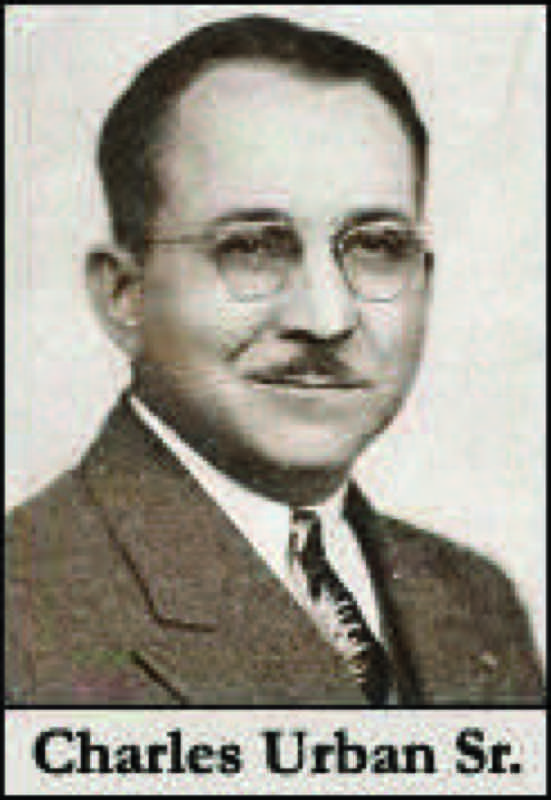 Karl Urban is the third-generation president of American Plating and Manufacturing Company (APM) ,based in Chicago, Illinois. The company was founded by his grandfather, Charles, Sr. in 1902 to plate and lacquer fenders for horse-drawn buggies and early model cars. With Charles Sr.’s strong interest in music, the business advanced its core skills of polishing, plating, and lacquering in the 1920’s into repairing brass brand instruments. During WWII, APM was first reassigned to plating electrical contacts for submarines, but the War Relations Board soon authorized APM to return to working on musical instruments due to high demand among military marching bands.
Karl Urban is the third-generation president of American Plating and Manufacturing Company (APM) ,based in Chicago, Illinois. The company was founded by his grandfather, Charles, Sr. in 1902 to plate and lacquer fenders for horse-drawn buggies and early model cars. With Charles Sr.’s strong interest in music, the business advanced its core skills of polishing, plating, and lacquering in the 1920’s into repairing brass brand instruments. During WWII, APM was first reassigned to plating electrical contacts for submarines, but the War Relations Board soon authorized APM to return to working on musical instruments due to high demand among military marching bands.
Over the years, buffing tubas by hand gave way to the use of cutting edge CNC technology to create tuba mouthpieces, as well as mouthpieces for trumpets, trombones and French horns, all finished in silver. APM’s instrument accessory business has grown from serving just the U.S. to serving all of North America, as well as reaching Europe and Asia. Advances in production methods and customization over the years have enabled APM to also expand its woodwind accessory business into private labeling for some of the world’s leading 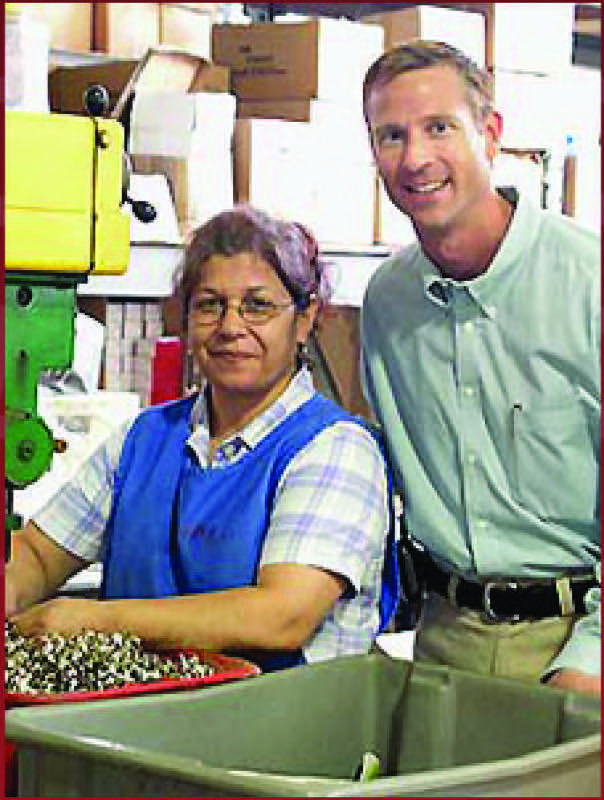 instrument manufacturers.
instrument manufacturers.
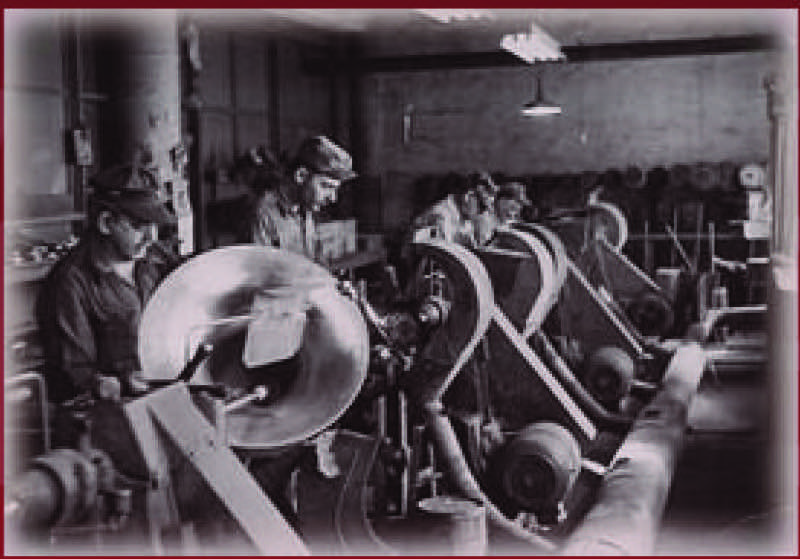
In the late 1950s, Karl’s father, Charles, Jr., was instrumental in in creating a uniform, standardized stem and receiver for marching lyres. This enabled consumers to easily obtain a lyre that would always work for them, and it streamlined design for manufacturers.
APM has been a strong voice for the industry by directly advocating with school boards and superintendents for the return of formerly cancelled school music programs, giving 100s of kids the opportunity to play their favorite instruments as part of their school curriculum. APM was an original donor for the Museum of Making Music in Carlsbad, California. And an APM American Song Whistle even made an appearance in Disney’s 2010 movie, Secretariat.
J. D’Addario & Co. – 1905
 While the D’Addario family can trace their roots back to Salle, Italy, the present-day company first took shape in 1905, when Charles D’Addario immigrated to the U.S. and began selling strings fashioned in the family’s factory in Pescatora, Italy.
While the D’Addario family can trace their roots back to Salle, Italy, the present-day company first took shape in 1905, when Charles D’Addario immigrated to the U.S. and began selling strings fashioned in the family’s factory in Pescatora, Italy.
Peter D’Addario explains: “There are records in Salle, Italy from the 1680s showing the D’Addario family as ‘cordaros’ (string makers.) The present day D’Addario & Co., Inc. was founded in 1974 when Jim, John Jr., and John Sr. opened their factory on Long Island. At first it was the three of them, along with Jim’s wife Janet’s, brother Wayne Carbone, her cousin, Kathy Slezak along with Leo Gonzalez. Wayne still manages the company’s printing department today. Kathy served in many, many roles over the years and is one of the great pioneers for women in the music industry… In 1974 there were six staff, in 2016, there are over 1,000 staff members, worldwide.”
Significant milestones in the company’s evolution since have included the 1987 partnership with Vandoren to distribute their brand in the U.S. “This fantastic partnership represented D’Addario’s entry into the band & orchestra market and lasted until D’Addario purchased Rico Reeds in 2004, says Peter.
 In 1995 D’Addario purchased Evans Drumheads and moved the factory to NY, entering the percussion accessories market. Another significant development took place in 2013 when D’Addario moved wire manufacturing operations to New York, creating the D’Addario Wire Co. and the brand releases D’Addario NYXL Electric Guitar Strings, representing advancement in how guitar strings and wire for strings are manufactured.
In 1995 D’Addario purchased Evans Drumheads and moved the factory to NY, entering the percussion accessories market. Another significant development took place in 2013 when D’Addario moved wire manufacturing operations to New York, creating the D’Addario Wire Co. and the brand releases D’Addario NYXL Electric Guitar Strings, representing advancement in how guitar strings and wire for strings are manufactured.
The family is well recognized for their activities both within and outside of the realm of MI, being extremely active in philanthropic efforts. “The D’Addario family donates hundreds of thousands of dollars annually through the D’Addario Foundation,” Peter says. “The Foundation supports music education programs worldwide. We have not trumpeted widely all of the great things our foundation does, but we are very proud of the organizations we have supported over the years and the musicians we have helped to inspire.
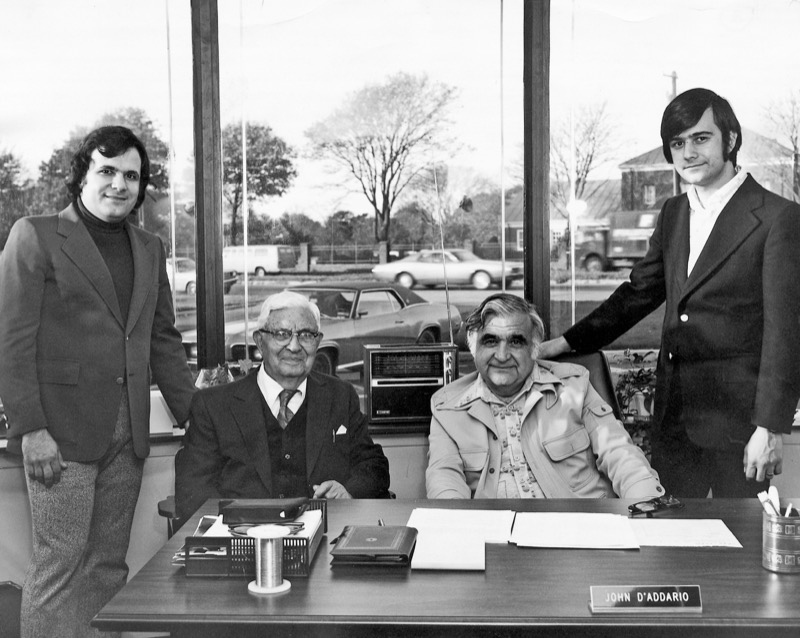 “The family has given back a lot to this industry: Jim D’Addario, John D’Addario Jr. & John D’Addario III have served on the NAMM Board. John Jr. and Jim have served as board members for several not for profit organizations over the last 40 years. John Jr. is a former President of GAMA. Peter D’Addario is the current GAMA President, as well as the former President of Guitars in the Classroom and he has served on the IBMA Board of Directors. John D’Addario III has also been a major contributor to the NAMM Music Achievement Council.
“The family has given back a lot to this industry: Jim D’Addario, John D’Addario Jr. & John D’Addario III have served on the NAMM Board. John Jr. and Jim have served as board members for several not for profit organizations over the last 40 years. John Jr. is a former President of GAMA. Peter D’Addario is the current GAMA President, as well as the former President of Guitars in the Classroom and he has served on the IBMA Board of Directors. John D’Addario III has also been a major contributor to the NAMM Music Achievement Council.
“This company was founded on hard work and passion and that continues to this day. Personally, I am fortunate to be who I am and proud of what we have accomplished as a family and brand. I take nothing for granted; tomorrow is not guaranteed. We are surrounded by examples of industries, once thriving, that have disappeared in just a few years. Improvement and innovation are as important today, as they were 50 years ago, maybe more so. We go to work every day asking ourselves, ‘What can we do today better than we did yesterday. What’s next?’”
Mapes String Company – 1912
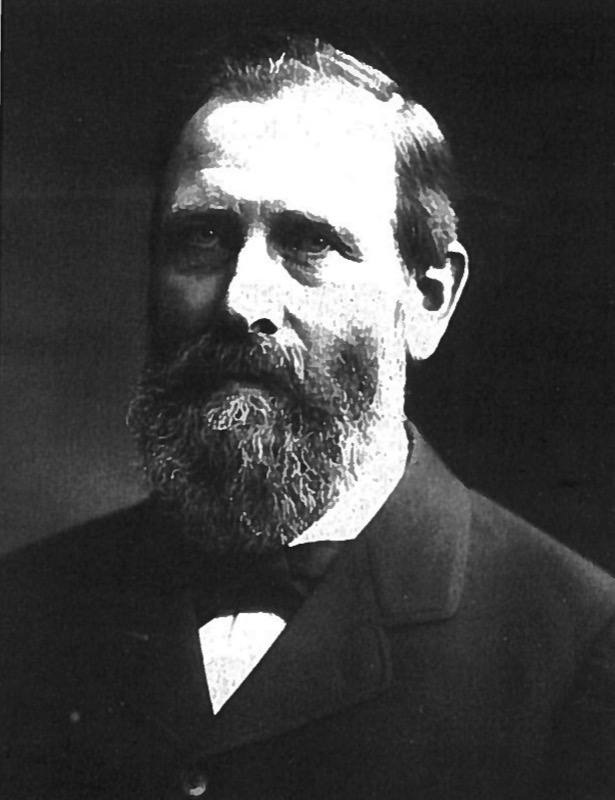 In 1868, John Adam Schaff and G. Schaff founded the G. Schaff & Brothers piano company in Chicago.Unfortunately, the enterprise was one of many casualties of the Great Chicago Fire of 1871.
In 1868, John Adam Schaff and G. Schaff founded the G. Schaff & Brothers piano company in Chicago.Unfortunately, the enterprise was one of many casualties of the Great Chicago Fire of 1871.
In the wake of the tragedy, the Schaffs decided to design and make bass strings for the emerging upright piano market and, in 1884, buoyed by interest and support of other piano suppliers who had come to embrace their strings, John A. Schaff set up shop as a string maker. Schaff then set to work perfecting his automatic string making machines which soon were admired by manufacturers and tuners for their ability to blend the speed and efficiency of automation with the deft touch of talented craftsmen.
To expand business, Schaff purchased an NYC-based string making company, founded in 1912 by one Steven Mapes. William George Schaff left shortly after to manage the newly acquired Mapes Piano String Company.
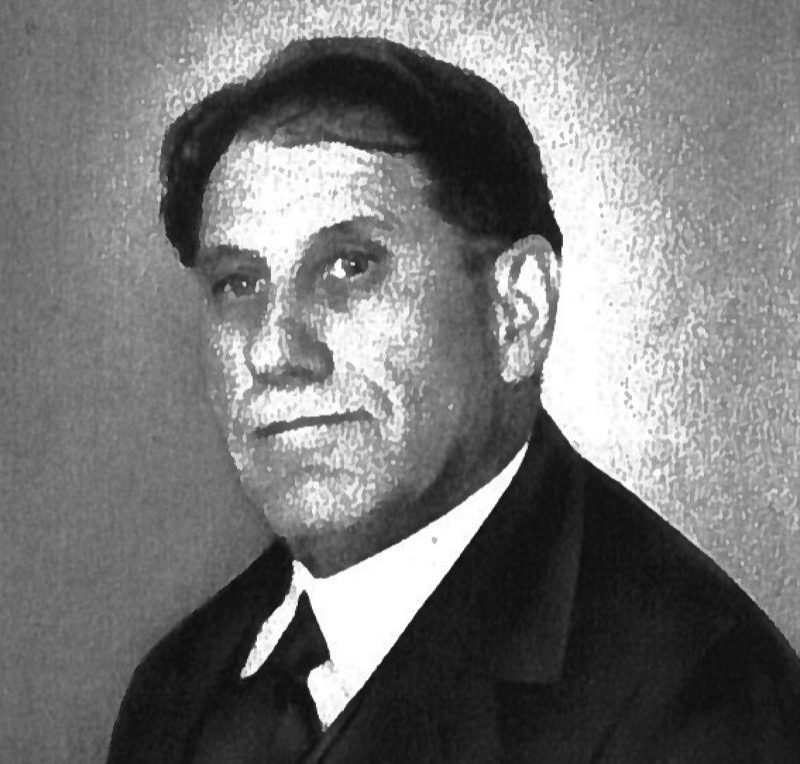
William George Schaff Jr. inherited management of the company and in 1951 began making wire in Elizabethton, Tennessee, where, in 1971 all Mapes Piano String operations were relocated. In the new HQ, Mapes could
now go from raw material, to drawn wire, to finished piano strings all under one roof. Following the passing of William G. Schaff, ownership passed to his three sons: William L., Robert, and Frank.
1978 saw the company expand to a larger facility and the year 2000 saw further growth via an acquisition. The company remains in Elizabethton and is a trusted name in piano string replacements and dulcimer wire.
E&O Mari – 1913

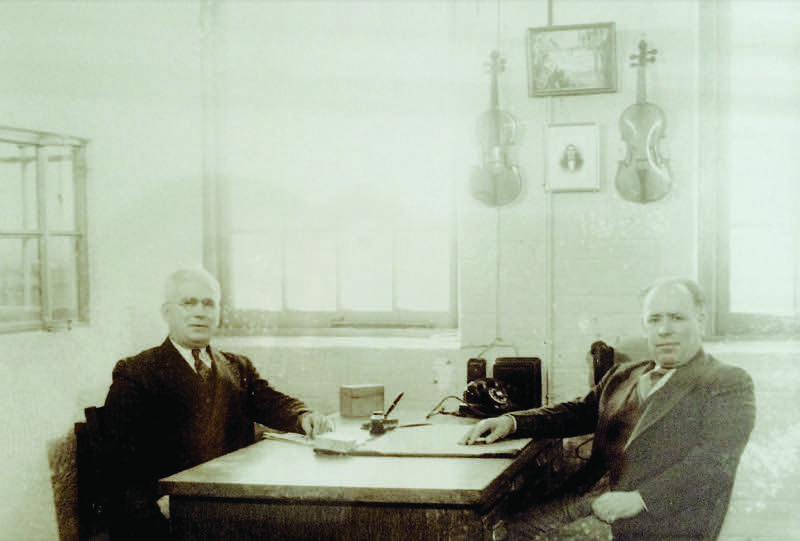 With a family history that dates back nearly as far as that of the Avedis Zildjian Co., E&O Mari takes pride (understandably!) in being, “the oldest contentiously family owned and operated string maker in the USA, if not the world” – although it’s worth noting that Mapes may take issue with that, but that’d be splitting hairs since the “official” start-dates are only off by a year. The company has never been sold, never changed hands, and the tradition of string making has been handed down from generation to generation for the last 400 years.
With a family history that dates back nearly as far as that of the Avedis Zildjian Co., E&O Mari takes pride (understandably!) in being, “the oldest contentiously family owned and operated string maker in the USA, if not the world” – although it’s worth noting that Mapes may take issue with that, but that’d be splitting hairs since the “official” start-dates are only off by a year. The company has never been sold, never changed hands, and the tradition of string making has been handed down from generation to generation for the last 400 years.
Established in the mid-1640s in Salle, Italy, the Mari family emerged as one of the most prominent suppliers of violin strings – forging relationships with both Amati and Stradivari in Cremona.
In 1913, Olinto and Emilio Mari immigrated to New York City and began crafting steel and gut instrument strings. The following year, the company’s first factory opened at 170 Fifth Avenue. An additional factory – opened in the brothers’ native region of Abruzzi, Italy in 1918 – was added to accommodate the high demand for the E&O Mari’s strings in both the U.S. and Europe. La Bella – now the company’s flagship brand – was trademarked and launched two years later.
 Subsequent expansion and developments saw the Italian factory close with the outbreak of World War II and a move of E&O Mari’s HQ to Long Island, New York, where it would remain until 1981 when the factory was moved to Newburgh, New York.
Subsequent expansion and developments saw the Italian factory close with the outbreak of World War II and a move of E&O Mari’s HQ to Long Island, New York, where it would remain until 1981 when the factory was moved to Newburgh, New York.
“Eric Cocco (my brother, Richard Cocco Jr.’s son) and I are the fourth generation from founders E. & O. Mari (Emilion & Olinto Mari) who brought the business to the USA from Italy over 100 years ago,” says Lorenza Cocco, director of E&O Mari.
The company remains a major player in string design and production, and its owners are strong advocates for music education and performance, with E&O Mari sponsoring rock and jazz clinics, residencies, and performances across the globe.
Every attempt was made by the MMR team to include all U.S.-based, family owned (uninterrupted) MI suppliers in this feature. If you feel a company was omitted which deserved inclusion, please let us know – We’d love to hear from you.








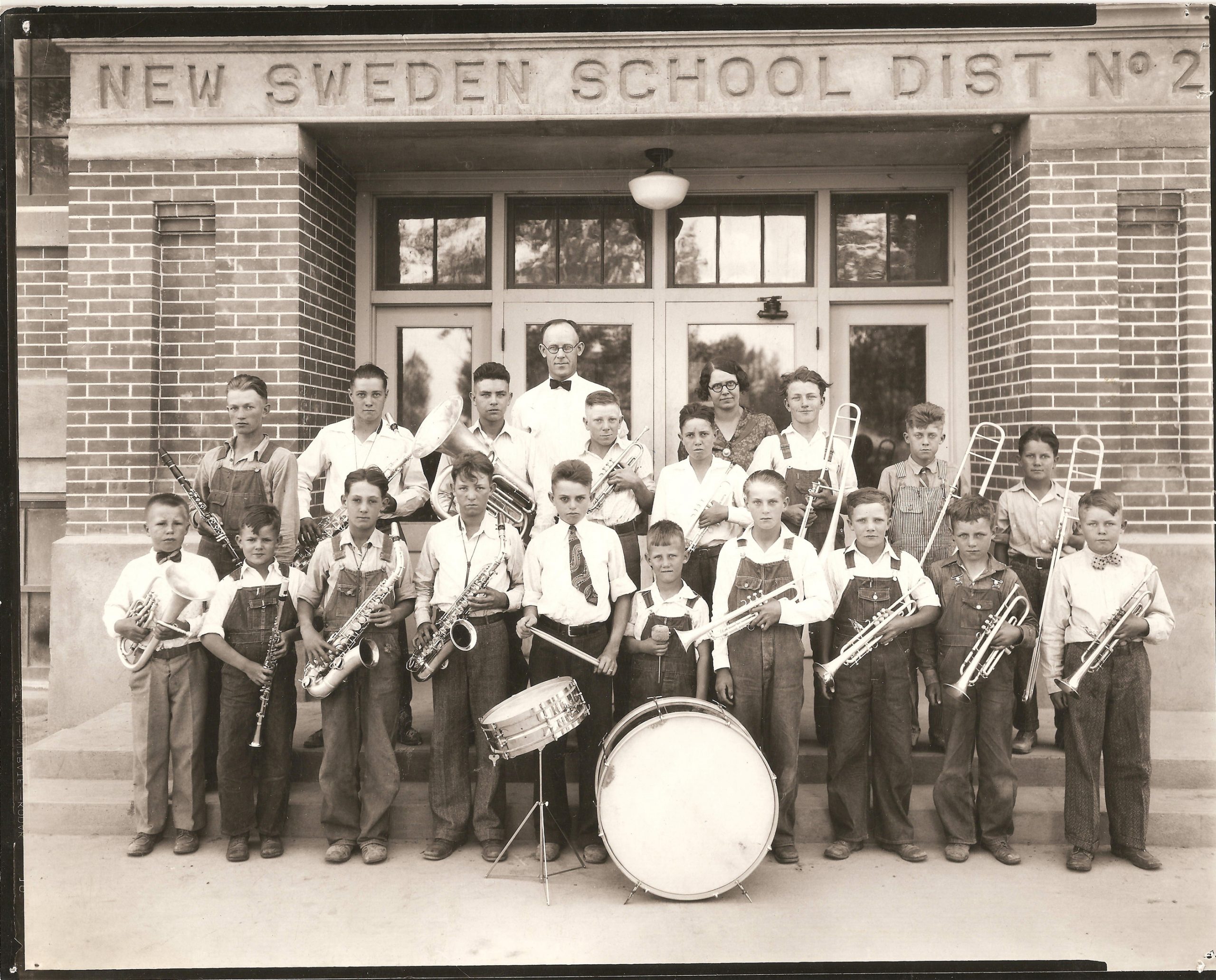



















Looking Back on 2025: A Year of Controlled Chaos (Emphasis on “Controlled”)